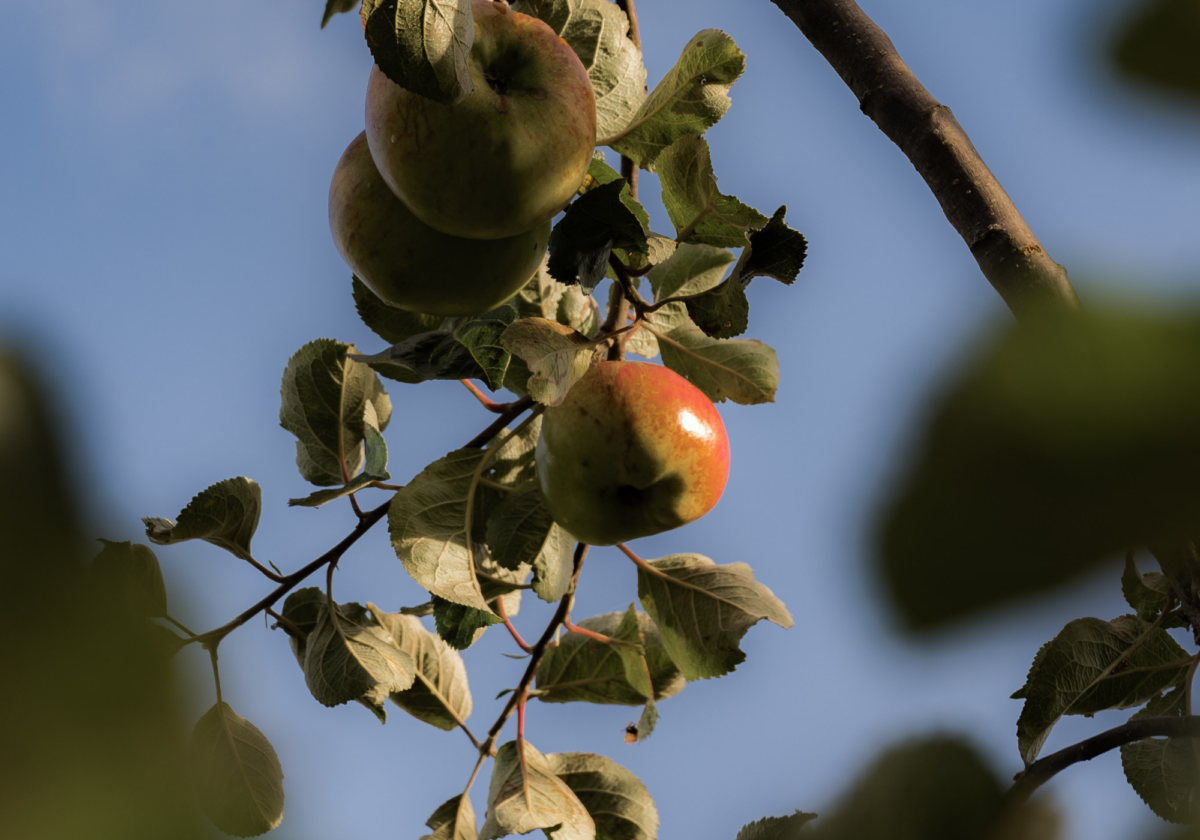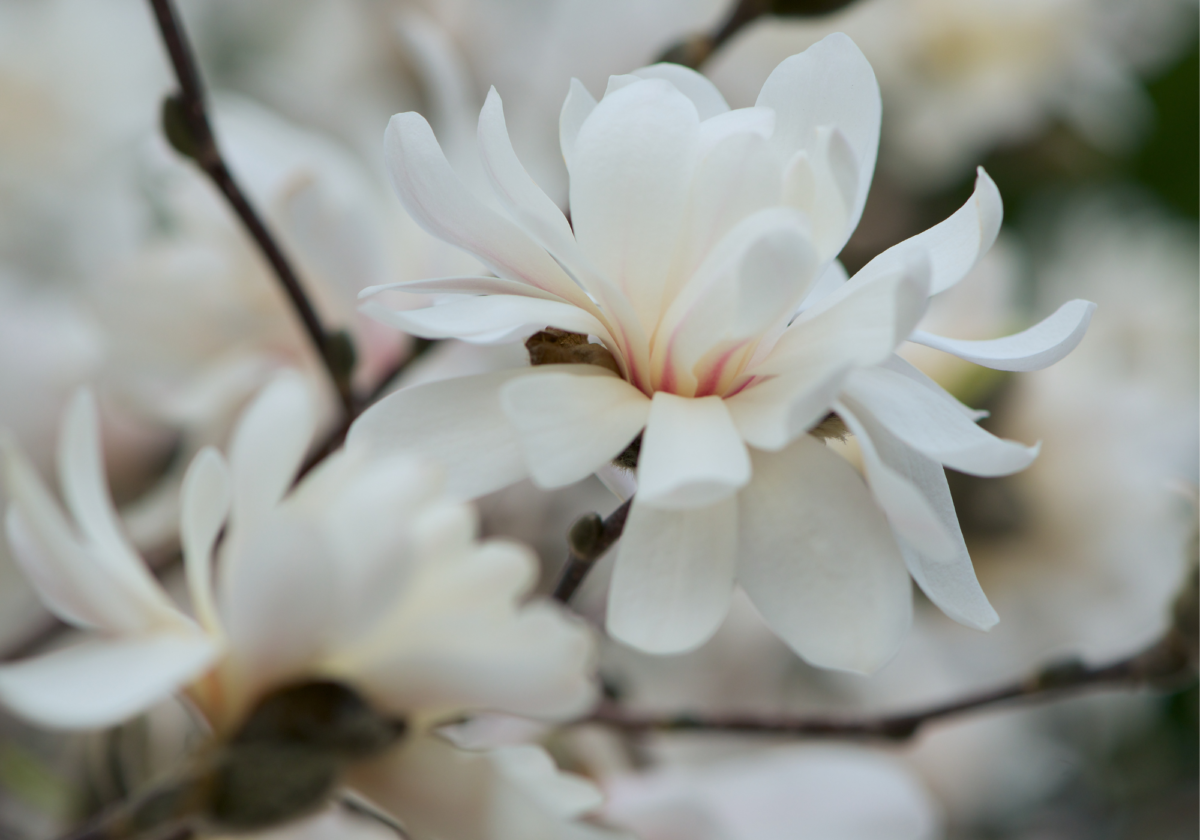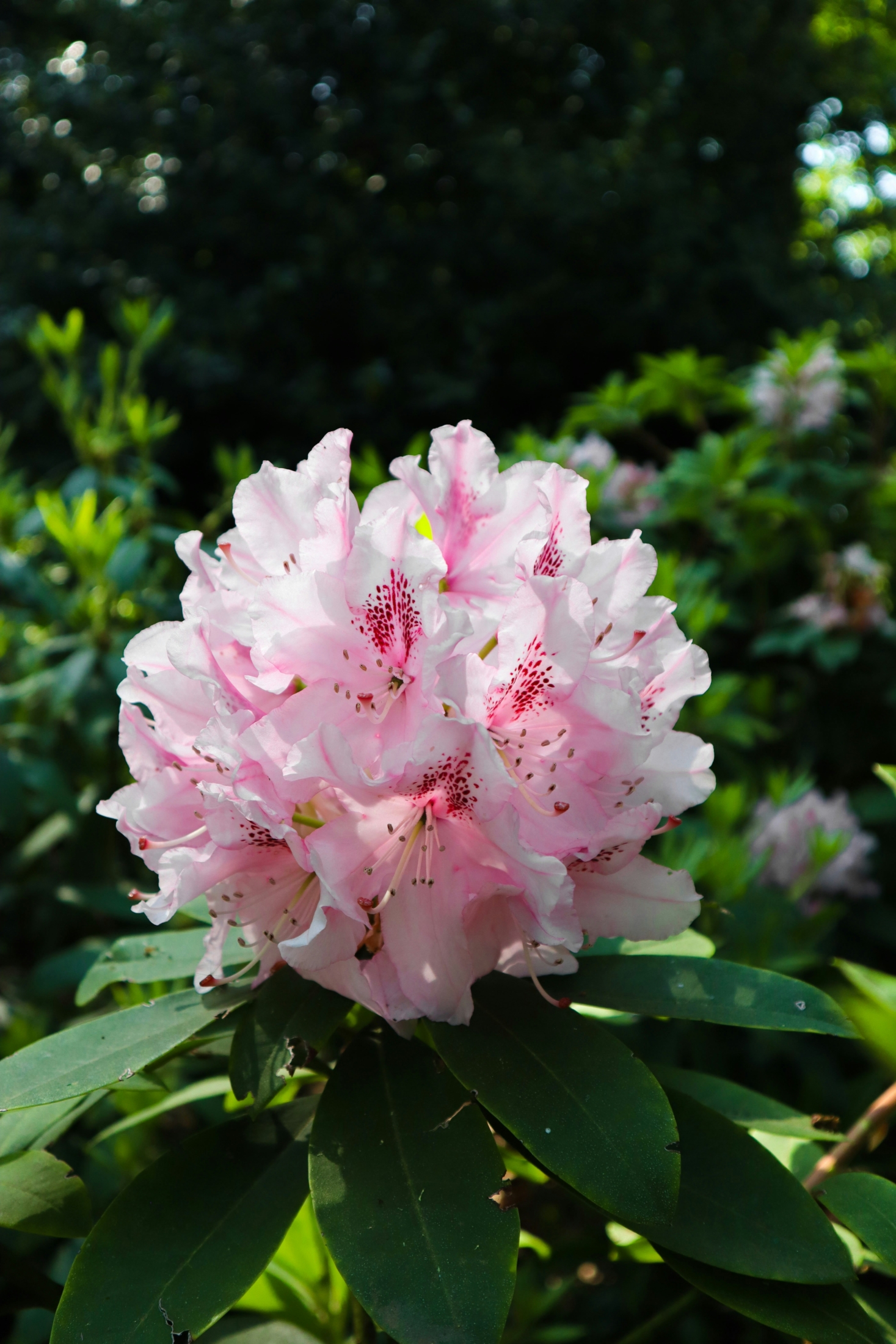
Rhododendron
Ericaceous plants are a diverse group of acid-loving plants that can bring vibrant colours and unique textures to any garden. From blueberries and rhododendrons to heathers and azaleas, these plants thrive in acidic soil conditions. If you’re looking to add some variety to your garden and want to learn more about the feeding and care of ericaceous plants, then this guide is for you.
What are Ericaceous Plants?
Ericaceous plants, also known as acid-loving plants, belong to the family Ericaceae which includes over 4,000 species. These plants are native to various regions around the world such as Europe and North America, and are primarily found in acidic soil conditions. Ericaceous plants have unique characteristics such as shallow roots, evergreen foliage, and delicate flowers that make them stand out in any garden setting.
When and How do They Thrive?
Ericaceous plants thrive in cool, moist climates with well-drained, acidic soil. The ideal pH range for these plants is between 4.5 to 6, which is slightly more acidic than neutral soil (pH of 7). These plants prefer partial shade, but there are some varieties that can tolerate full sun. It’s important to note that ericaceous plants are sensitive to alkaline soils and too much direct sunlight, which can lead to nutrient deficiencies and stunt their growth. In order to thrive, they require regular watering and consistent moisture in the soil.
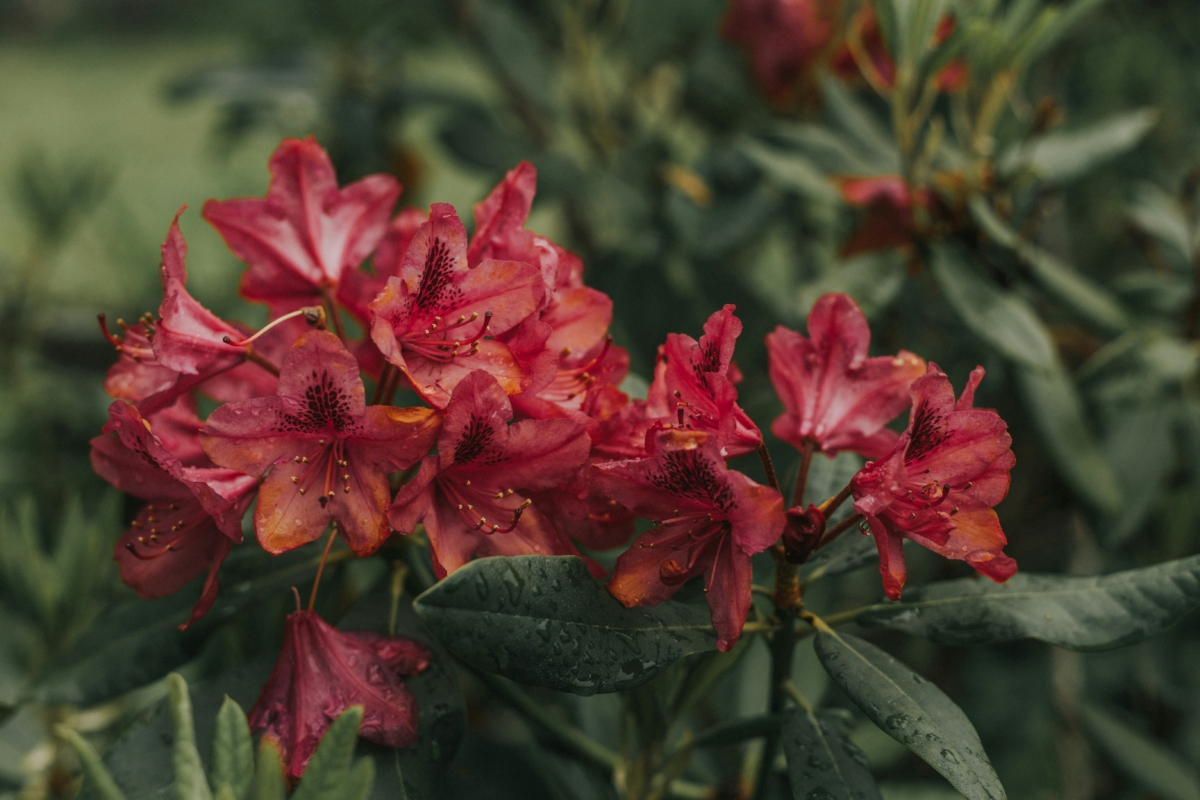
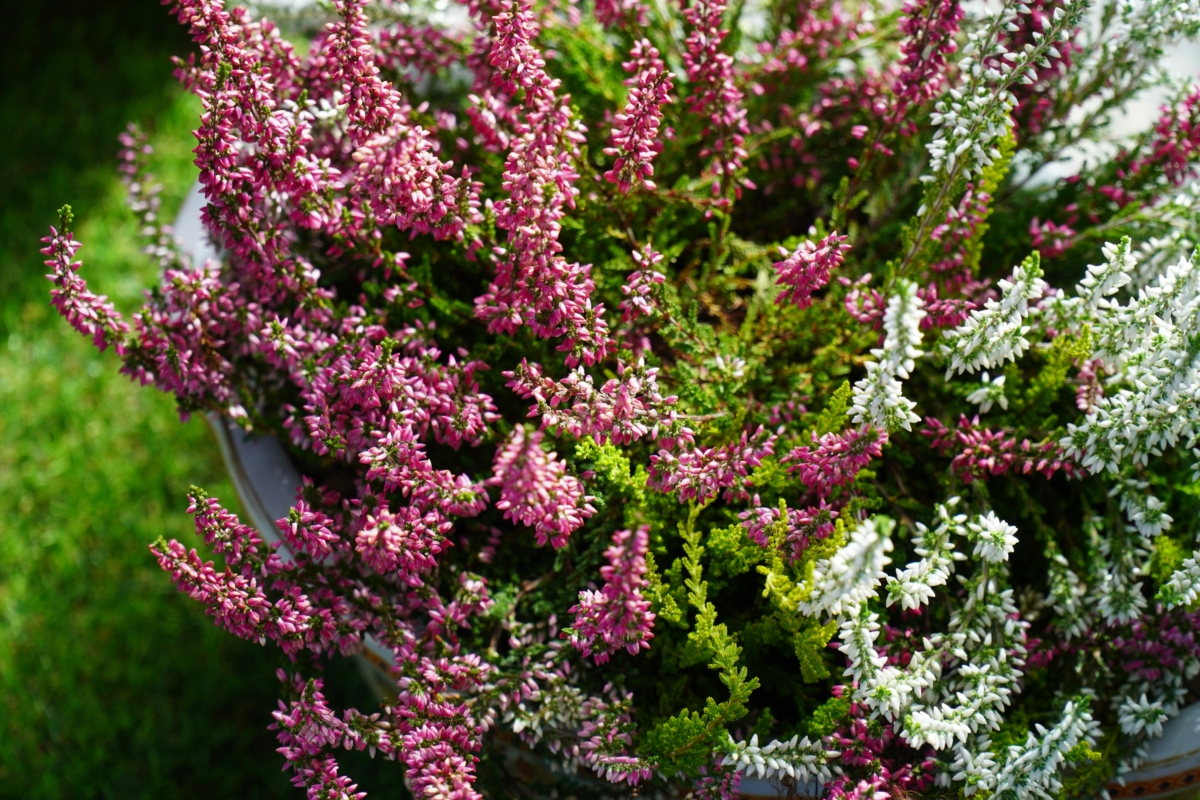
Planting Ericaceous Plants
**When planting ericaceous plants, it’s essential to prepare the soil properly. Start by testing the pH level of your soil using a simple at-home test kit or by sending a sample to a lab for more accurate results. If your soil is **too alkaline, you will need to make some adjustments to lower the pH. This can be done by incorporating acidic materials such as peat moss, pine needles, or coffee grounds into the soil. Once your soil is ready, dig a hole that’s twice as wide and deep as the plant’s root ball. Gently remove the plant from its container and loosen the roots before placing it in the hole. Backfill with soil and water thoroughly.
Feeding Ericaceous Plants
Feeding ericaceous plants is crucial for their overall health and growth. Since these plants have specific nutrient requirements, it’s essential to use fertilisers specifically designed for acid-loving plants. Organic options such as cottonseed meal, blood meal, or fish emulsion are beneficial for providing essential nutrients to the soil. It’s best to fertilize ericaceous plants in early spring before new growth begins, and again in mid-summer after flowering. Be sure to follow the recommended application rates on the fertiliser packaging and avoid over-fertilizing, as this can lead to nutrient burn and harm the plant.
In summary
Ericaceous plants are a beautiful addition to any garden and can thrive with the right care and feeding. Understanding their unique characteristics, preferred growing conditions, and proper feeding methods is essential for keeping these acid-loving plants healthy and vibrant. So next time you’re looking to add some colour and texture to your garden, consider adding some ericaceous plants and follow these tips for successful growth and care.


